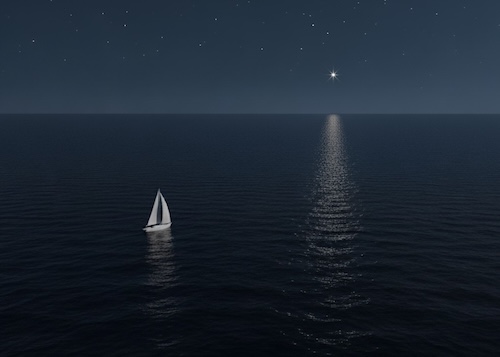Data-Driven Solutions.
Cerne Abbas translates your raw data into strategic growth. We uncover the insights that drive decisive action.
Request a ConsultationOur Expertise
Scientific Data Management
Process and curate large volumes of scientific data.

Data Infrastructure
Build and optimize robust data pipelines and warehousing solutions for seamless access and analysis.

Predictive Analytics
Leverage machine learning to forecast trends, anticipate customer behavior, and mitigate risks.

Business Intelligence
Transform data into actionable insights with custom dashboards and comprehensive reporting.

Data Visualization
Create compelling visual narratives from complex datasets to inform and persuade stakeholders.
Cloud Data Solutions
Architect and manage scalable data ecosystems using leading cloud platforms like AWS, Azure, and GCP.

Our Journey.
Cerne Abbas was founded on a simple principle: data is only as valuable as the decisions it enables. We are passionate about empowering businesses to navigate their digital landscape with confidence and precision.
Let's Build Together.
Email:
contact@cerne-abbas.com
Location:
Reading
United Kingdom